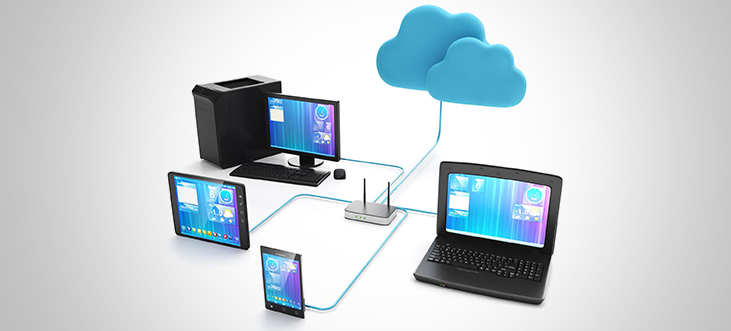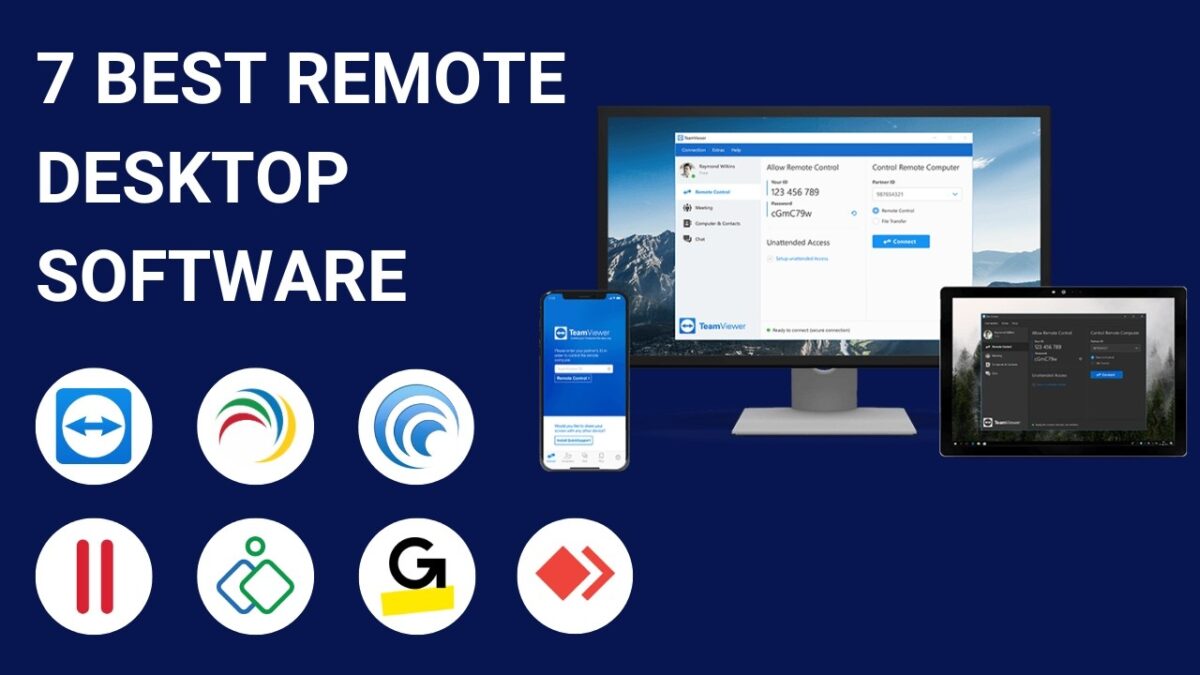With the rapid digital transformation of workplaces and personal computing needs, remote access software is now an essential tool. Among the most popular tools in this space is AnyDesk, appreciated for its speed, reliability, ease of use, and broad platform compatibility. However, its widespread adoption has also attracted the attention of cybercriminals, leading to numerous security concerns, particularly discussed by cybersecurity analyst Lawrence Abrams and the trusted site BleepingComputer.
In this guide, we’ll deep dive into AnyDesk remote access, its legitimate use cases, the dark side of remote desktop tools, how threat actors misuse them, and what BleepingComputer and cybersecurity experts like Abrams have revealed. Additionally, we’ll explore best practices to protect yourself and ensure you’re using remote access software securely.
What is AnyDesk?
AnyDesk is a remote desktop application that allows users to connect to another computer remotely from anywhere in the world. Whether it’s for IT support, remote work, or accessing home computers while traveling, AnyDesk offers fast and secure connections that make it a preferred alternative to tools like TeamViewer or Chrome Remote Desktop.
Core Features of AnyDesk:
- Cross-platform compatibility (Windows, macOS, Linux, Android, iOS)
- Low latency and high performance
- Encryption through RSA 2048 asymmetric key exchange
- Unattended access
- Customizable user permissions
Remote Access: The Double-Edged Sword
While remote access software like AnyDesk plays a crucial role in productivity and IT support, it has unfortunately become a frequent tool in the arsenal of cybercriminals. Scammers trick unsuspecting users into granting remote access, often under the guise of technical support from banks, software companies, or antivirus providers.
These scams typically result in:
- Credential theft
- Bank fraud
- Data breach or ransomware attacks
- Installation of additional malware
BleepingComputer Reports on AnyDesk Misuse
BleepingComputer, a leading cybersecurity news website founded by Lawrence Abrams, has extensively covered the abuse of remote desktop software like AnyDesk. Abrams and his team have warned users about multiple incidents where scammers use remote tools for malicious purposes.
Key BleepingComputer Security Reports Involving AnyDesk:
- Tech Support Scams using fake call centers where actors pose as Microsoft or internet providers, asking victims to install AnyDesk.
- Fake Banking Support where fraudsters impersonate banks or financial institutions and convince users to share OTPs while screen sharing.
- Malware Campaigns where AnyDesk is installed using other malware droppers to maintain persistent access to infected computers.
- Rogue Versions of AnyDesk planted by scammers with preconfigured access presets.
In one of the detailed reports, Abrams identified a batch of malicious websites distributing fake versions of AnyDesk, which install spyware and keyloggers along with the software.
Lawrence Abrams: A Trusted Voice in Cybersecurity

Lawrence Abrams, the founder and owner of BleepingComputer, is a trusted voice in global cybersecurity. His articles and alerts are widely considered authoritative sources of security intelligence. Abrams has published countless write-ups about Remote Access Software abuse, particularly how attackers use tools like AnyDesk, TeamViewer, and Chrome Remote Desktop to gain unauthorized computer access.
Therefore, if you’re researching “Anydesk Abrams BleepingComputer”, you’re likely looking for trusted insights into:
- How cybercriminals exploit AnyDesk,
- Security alerts published by BleepingComputer,
- Guidance from Lawrence Abrams, and
- Mitigation strategies to avoid becoming a victim.
Recognizing a Remote Access Scam Using AnyDesk
Scammers continue to become more sophisticated, but there are various red flags that can help you stay vigilant:
- Unsolicited Calls or Emails: Tech support never contacts you out of the blue to solve “issues” on your computer.
- Asking to Install AnyDesk: If someone unknown insists you install AnyDesk for “support,” stop right there.
- Requests for Personal or Financial Details: Scammers often manipulate victims into giving up sensitive information after gaining remote access.
- Speed and Urgency: Being rushed into installing/relinquishing control is a classic tactic.
How to Use AnyDesk Safely
Using AnyDesk doesn’t have to be risky — if you follow best practices, you can enjoy seamless and secure remote connections.
Here are important safety tips:
1. Download Only From Official Sources
Always download AnyDesk from its official website. Never trust links sent through emails, forums, or instant messages — especially from unknown parties.
2. Use Two-Factor Authentication (2FA)
Enable 2FA wherever possible to add an extra layer of protection against unauthorized login attempts.
3. Manage Access Permissions
AnyDesk allows detailed control over access permissions. Always restrict options like file transfer or clipboard access unless absolutely necessary.
4. Monitor Connection Logs
AnyDesk maintains a session log of access attempts. Check these logs periodically for unauthorized or unknown accesses.
5. Set Strong Passwords and Access Codes
Never use default or simple passwords. Combine letters, numbers, and symbols for strong, hard-to-guess credentials.
6. Enable Whitelisting
You can configure AnyDesk to only accept connections from whitelisted devices or IP addresses.
Alternatives to AnyDesk (If You’re Looking for Extra Security)
If you’re concerned about the recent security warnings on AnyDesk, consider these alternatives:
- Chrome Remote Desktop – Easy for personal use and built into your Google account ecosystem.
- RustDesk – Open-source alternative with complete control over server deployment.
- Microsoft Remote Desktop (RDP) – Secure with proper configuration and typically used in enterprise networks.
- UltraVNC / TightVNC – Geekier remote desktop solutions for more advanced users.
Each alternative comes with its strengths and weaknesses. Analyze their encryption protocols, usage policies, and platform compatibility before switching.
What to Do If You’ve Been Scammed via AnyDesk
If you believe you’ve been scammed into installing AnyDesk:
- Immediately disconnect your internet.
- Uninstall AnyDesk from your system.
- Change all affected passwords (emails, bank apps, PC logins).
- Scan your machine with a reliable antivirus solution.
- Report the incident to:
- Your local authorities
- The official software vendor (e.g., AnyDesk support)
- Your financial institutions (if banking access/details were compromised)
Additionally, refer to user discussions and guides on BleepingComputer forums, where many victims share their stories and helpful recovery tips.
Final Thoughts: Stay Informed, Stay Protected
While AnyDesk is a reliable and professional-grade remote access tool, its misuse by cybercriminals poses significant risks to novice and unaware users. Thanks to cybersecurity experts like Lawrence Abrams and platforms like BleepingComputer, the public can stay informed about emerging threats.
By staying updated on scams, following usage best practices, and maintaining a cybersecurity mindset, individuals and businesses alike can continue to leverage remote access without compromising security.



